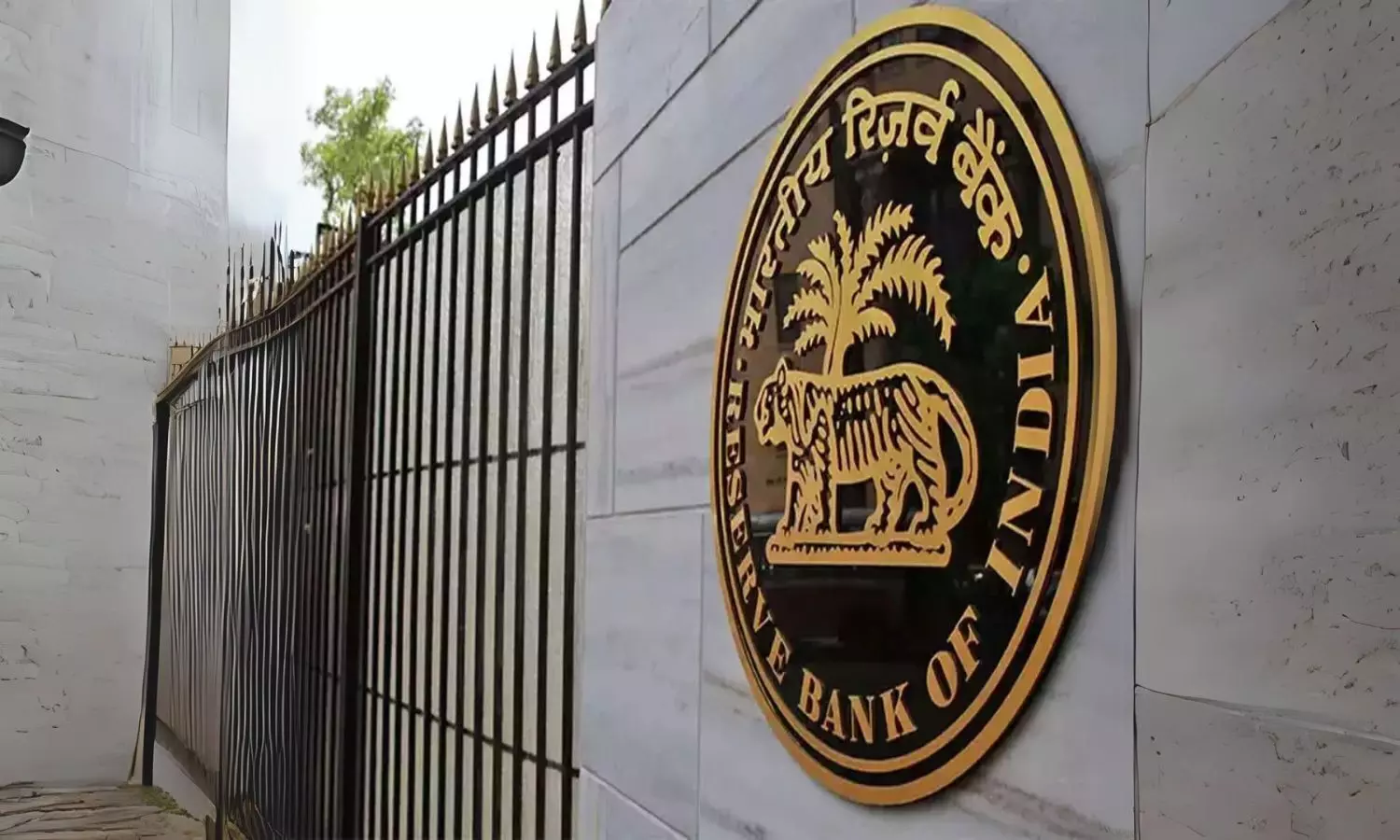RBI crackdown triggers crash in Kotak Bank shares
Shares of Kotak Mahindra Bank crashed by as much as 12 per cent in morning trade on Thursday to Rs 1,620 on BSE as investors dumped the stock following the RBI crackdown on the lender.
image for illustrative purpose

Mumbai, April 25: Shares of Kotak Mahindra Bank crashed by as much as 12 per cent in morning trade on Thursday to Rs 1,620 on BSE as investors dumped the stock following the RBI crackdown on the lender.
The RBI had, on Wednesday evening, barred Kotak Mahindra Bank, with immediate effect, from taking on new customers and issuing fresh credit cards.
Infina Finance, one of the promoter group entities of Kotak Mahindra Bank had donated electoral bonds worth Rs 60 crore to the BJP. However, the RBI has taken stringent action against the bank to protect the interest of consumers.
The RBI order said business restrictions on Kotak Mahindra Bank have been imposed in the interest of customers as the Uday Kotak-controlled bank was assessed to be deficient in its IT Risk and Information Security Governance.
The RBI said that stringent action has been taken to protect consumers and to prevent any possible prolonged outage which may seriously impact not only the bank’s ability to render efficient customer service but also the financial ecosystem of digital banking and payment systems, according to the RBI order.
“In the absence of a robust IT infrastructure and IT Risk Management framework, the bank’s Core Banking System (CBS) and its online and digital banking channels have suffered frequent and significant outages in the last two years, the recent one being a service disruption on April 15, 2024, resulting in serious customer inconveniences.
“The bank is found to be materially deficient in building necessary operational resilience on account of its failure to build IT systems and controls commensurate with its growth,” the RBI order states.
The RBI investigation into the operations of the bank revealed serious deficiencies and non-compliances in the areas of IT inventory management, patch and change management, user access management, vendor risk management, data security and data leak prevention strategy, business continuity as well as disaster recovery rigour and drill.

